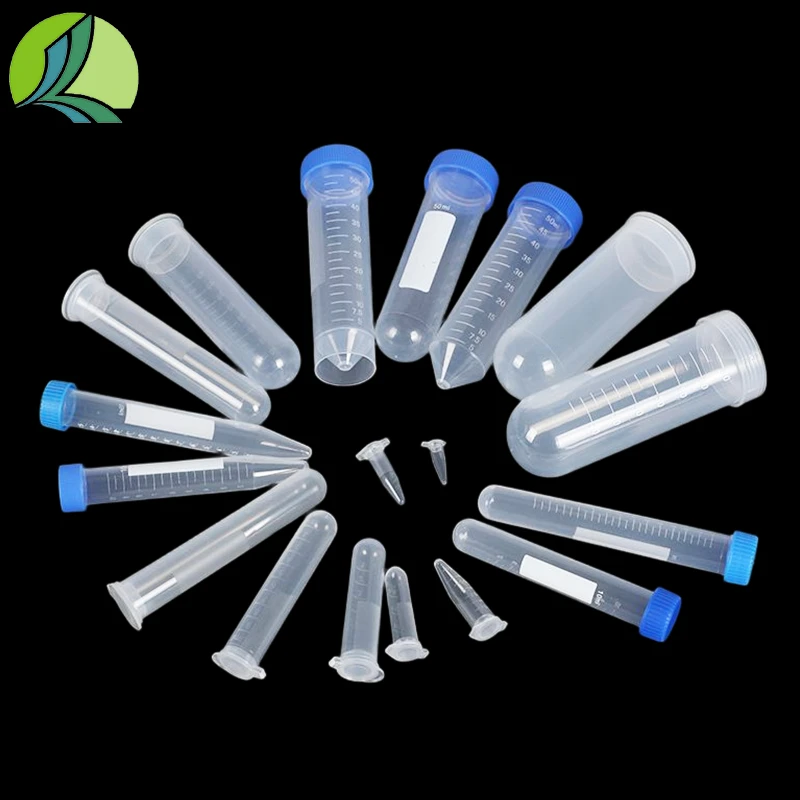
-
 Afrikaans
Afrikaans -
 Albanian
Albanian -
 Amharic
Amharic -
 Arabic
Arabic -
 Armenian
Armenian -
 Azerbaijani
Azerbaijani -
 Basque
Basque -
 Belarusian
Belarusian -
 Bengali
Bengali -
 Bosnian
Bosnian -
 Bulgarian
Bulgarian -
 Catalan
Catalan -
 Cebuano
Cebuano -
 Corsican
Corsican -
 Croatian
Croatian -
 Czech
Czech -
 Danish
Danish -
 Dutch
Dutch -
 English
English -
 Esperanto
Esperanto -
 Estonian
Estonian -
 Finnish
Finnish -
 French
French -
 Frisian
Frisian -
 Galician
Galician -
 Georgian
Georgian -
 German
German -
 Greek
Greek -
 Gujarati
Gujarati -
 Haitian Creole
Haitian Creole -
 hausa
hausa -
 hawaiian
hawaiian -
 Hebrew
Hebrew -
 Hindi
Hindi -
 Miao
Miao -
 Hungarian
Hungarian -
 Icelandic
Icelandic -
 igbo
igbo -
 Indonesian
Indonesian -
 irish
irish -
 Italian
Italian -
 Japanese
Japanese -
 Javanese
Javanese -
 Kannada
Kannada -
 kazakh
kazakh -
 Khmer
Khmer -
 Rwandese
Rwandese -
 Korean
Korean -
 Kurdish
Kurdish -
 Kyrgyz
Kyrgyz -
 Lao
Lao -
 Latin
Latin -
 Latvian
Latvian -
 Lithuanian
Lithuanian -
 Luxembourgish
Luxembourgish -
 Macedonian
Macedonian -
 Malgashi
Malgashi -
 Malay
Malay -
 Malayalam
Malayalam -
 Maltese
Maltese -
 Maori
Maori -
 Marathi
Marathi -
 Mongolian
Mongolian -
 Myanmar
Myanmar -
 Nepali
Nepali -
 Norwegian
Norwegian -
 Norwegian
Norwegian -
 Occitan
Occitan -
 Pashto
Pashto -
 Persian
Persian -
 Polish
Polish -
 Portuguese
Portuguese -
 Punjabi
Punjabi -
 Romanian
Romanian -
 Russian
Russian -
 Samoan
Samoan -
 Scottish Gaelic
Scottish Gaelic -
 Serbian
Serbian -
 Sesotho
Sesotho -
 Shona
Shona -
 Sindhi
Sindhi -
 Sinhala
Sinhala -
 Slovak
Slovak -
 Slovenian
Slovenian -
 Somali
Somali -
 Spanish
Spanish -
 Sundanese
Sundanese -
 Swahili
Swahili -
 Swedish
Swedish -
 Tagalog
Tagalog -
 Tajik
Tajik -
 Tamil
Tamil -
 Tatar
Tatar -
 Telugu
Telugu -
 Thai
Thai -
 Turkish
Turkish -
 Turkmen
Turkmen -
 Ukrainian
Ukrainian -
 Urdu
Urdu -
 Uighur
Uighur -
 Uzbek
Uzbek -
 Vietnamese
Vietnamese -
 Welsh
Welsh -
 Bantu
Bantu -
 Yiddish
Yiddish -
 Yoruba
Yoruba -
 Zulu
Zulu
laboratory centrifuge tube
Understanding Laboratory Centrifuge Tubes
Laboratory centrifuge tubes are essential tools in various scientific and medical research settings. They are used for separating components of liquids based on density through the application of centrifugal force. Typically made from durable materials such as polypropylene or polystyrene, these tubes are designed to withstand the forces generated during centrifugation, making them a reliable choice for laboratory procedures.
Centrifuge tubes come in various sizes, ranging from a few milliliters to several hundred milliliters, allowing researchers to select the appropriate volume based on their experiment's needs. Common capacities include 15ml, 50ml, and 100ml, with some specialized tubes accommodating larger volumes. The design of these tubes often includes graduation marks for easy measurement and a flat bottom for stability during centrifugation.
One of the critical aspects of centrifuge tubes is their compatibility with different rotor types. Centrifuge rotors can be fixed-angle or swing-out, each offering distinct benefits. Fixed-angle rotors hold tubes at a set angle, allowing for quick separation and easier collection of supernatant. In contrast, swing-out rotors allow tubes to swing out to a horizontal position when the centrifuge is in motion, promoting more effective sedimentation. It is crucial to choose the right type of tube that matches the rotor specifications to ensure optimal performance and prevent accidents during operation.
When using centrifuge tubes, proper loading is vital to maintain balance within the centrifuge. Uneven loading can lead to excessive vibrations and even damage to the equipment. Typically, tubes should be loaded in opposing pairs, and the weight should be evenly distributed. This practice not only promotes safety but also enhances the efficiency of the centrifugation process.
laboratory centrifuge tube

Centrifuge tubes are often used for a range of applications, including cell culture, protein purification, and nucleic acid extraction. Their ability to separate mixtures effectively makes them indispensable for researchers working with biological samples. For instance, in molecular biology, centrifuge tubes are used to isolate DNA, RNA, or proteins from cellular debris, leading to cleaner and more reliable results in downstream applications.
Moreover, the features of laboratory centrifuge tubes can vary widely depending on their intended use
. Some tubes come with safety features like snap caps or screw caps to prevent leakage, while others might have specific surface treatments to enhance protein binding or reduce sticking. Advanced options include graduated markings for accurate measurements, and even optical clarity for visual monitoring of samples.Another important consideration is the temperature resistance of centrifuge tubes. Some applications require samples to be centrifuged at various temperatures, which may necessitate the use of specialized tubes designed for low-temperature or high-temperature stability. As a result, researchers should carefully choose centrifuge tubes based on their experiment's specific thermal requirements.
In conclusion, laboratory centrifuge tubes are vital components in modern scientific research, facilitating the effective separation of liquid components. Their varied sizes, designs, and advanced features cater to a wide array of applications across different fields, including biochemistry, molecular biology, and clinical diagnostics. By understanding the different types, appropriate loading techniques, and specialized features available, researchers can enhance their experimental outcomes while ensuring the safety and reliability of their centrifugation processes. As science continues to evolve, the role of centrifuge tubes will remain crucial in advancing research and innovation.
-
Premium Metal Dropper Bottle for Precise Dispensing 250ml & 1ml Options AvailableNewsJul.04,2025
-
20 ml Headspace Vials - High Quality Polyethylene & Plastic Vials for Lab UseNewsJul.04,2025
-
Small Bottle with Pipette - Precise Dispensing 100ml Pipette Bottles for Essential Oils & Lab UseNewsJun.24,2025
-
Acetic Anhydride Bottle for Accurate Dropper Measurement in Pharmacy Use High-Quality Dropper BottlesNewsJun.10,2025
-
Innovative PET Bottle Design for Juice – Unique Shapes & Customization OptionsNewsJun.10,2025
-
20 Pack Sterilized Petri Dishes – Assorted Sizes, High Quality Small Plastic Petri Dishes for Lab UseNewsJun.10,2025






















